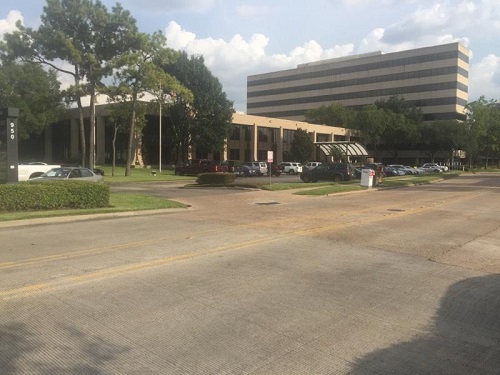Gallbladder Removal
A cholecystectomy is a surgical procedure to remove the gallbladder, a small, pear-shaped organ located beneath the liver on the upper right side of the abdomen. The gallbladder stores bile, a fluid produced by the liver that helps to digest fats. Gallstones are hard deposits that can form in the gallbladder and cause pain, inflammation, and other problems. In the majority of the cases, gallbladder removal surgery is the most effective plan of treatment. A cholecystectomy is typically performed as laparoscopic surgery, which uses small incisions and specialized instruments to access the gallbladder. During a cholecystectomy, the surgeon will make several small incisions in the abdomen and insert a laparoscope, a thin tube with a camera attached. The surgeon will then use special instruments to detach the gallbladder from the liver and surrounding tissues and remove it through one of the incisions. In most cases, cholecystectomy surgery is successful in eliminating pain and other symptoms caused by gallstones.
Reasons why your Gallbladder may need to be removed
The most common reason for having your gallbladder removed is due to the development of gallstones (cholelithiasis). Gallstones are hardened deposits of bile that can form in your gallbladder. They can block the tubes (bile ducts) that carry bile from your gallbladder to your intestine. This can cause severe pain in your abdomen. Another reason why you may need to have your gallbladder removed is if you have a condition called cholecystitis. Cholecystitis is an inflammation of the gallbladder that can be caused by the presence of gallstones. It can also be caused by other conditions such as cancer or infection. In some cases, your doctor may recommend that you have your gallbladder removed even if you don’t have any symptoms. This is because the risk of developing complications from having your gallbladder in place may be greater than the risk of complications from having it removed.
The risks and side effects associated with gallbladder removal surgery
Gallbladder removal surgery is a fairly common and generally safe procedure. However, as with any surgery, there are certain risks and side effects that should be considered. The most common complication is pain at the incision site, which can usually be controlled with medication. There is also a risk of infection, bile leak, bleeding. Most people recover from gallbladder removal surgery without any major problems, but it is important to be aware of the potential risks involved.
Alternative treatment options
Depending on the severity of your gallbladder problem, you may be able to treat it with medication or other less invasive methods. If your gallbladder is not severely damaged, your doctor may recommend a low-fat diet and/or medication to help relieve your symptoms.
If your gallbladder is more severely damaged, you may need a cholecystectomy, which is a surgery to remove the gallbladder.
What to expect during and after the gallbladder removal surgery?
If you do need to have gallbladder removal surgery, there are a few things you should know about what to expect during and after the procedure. The surgery is typically performed under general anesthesia, which means you will be asleep during the procedure. The surgeon will make an incision in your abdomen and remove the gallbladder through this opening. The surgery usually takes about an hour, You may go home after the procedure. You can expect some pain and discomfort after the surgery, but this can be controlled with medication.
How to prepare for gallbladder surgery?
If your doctor has recommended gallbladder surgery, there are a few things you can do to help prepare for the procedure. You should stop taking any medications that could increase your risk of bleeding, such as aspirin or ibuprofen. You should also arrange for someone to drive you home from the hospital after your surgery. Be sure to follow your doctor’s instructions carefully and attend all pre-operative appointments. This will help ensure that your surgery goes as smoothly as possible.
References:
- Comitalo, J. B. (2012). Laparoscopic cholecystectomy and newer techniques of gallbladder removal. JSLS: Journal of the Society of Laparoendoscopic Surgeons, 16(3), 406.
- Taner, C. B., Nagorney, D. M., & Donohue, J. H. (2004). Surgical treatment of gallbladder cancer. Journal of gastrointestinal surgery, 8(1), 83-89.


